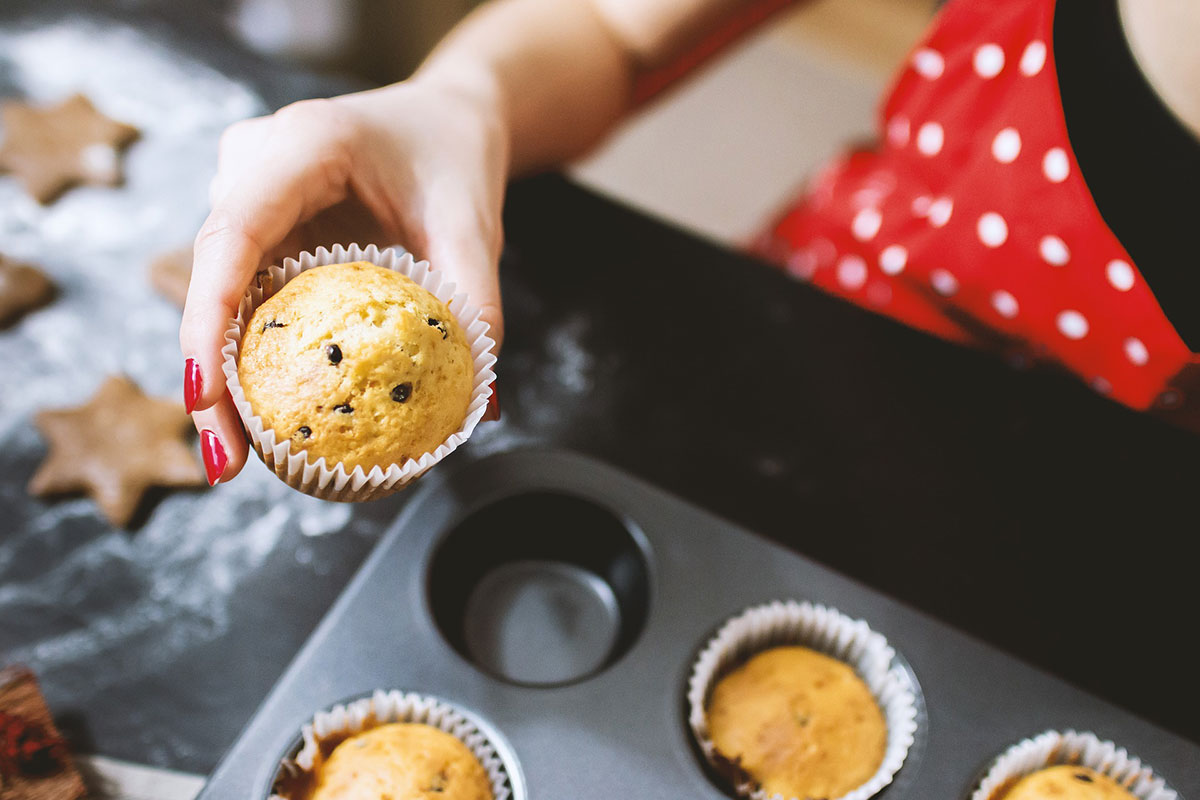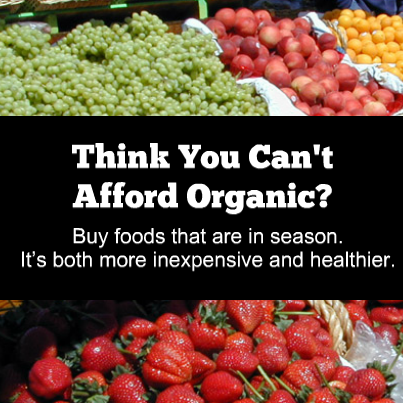 Baking brings up so many wonderful memories for me. There is something wonderful about the smell of freshly baked … well, anything filling up the room. Cookies, sweet breads, yeast breads, you name it. And the best thing about baking at home is that you can create fantastic treats on a budget. Here are some tips for baking at home on a budget while also making your sweets taste and look professional.
Baking brings up so many wonderful memories for me. There is something wonderful about the smell of freshly baked … well, anything filling up the room. Cookies, sweet breads, yeast breads, you name it. And the best thing about baking at home is that you can create fantastic treats on a budget. Here are some tips for baking at home on a budget while also making your sweets taste and look professional.
Saving with Baking Ingredients
Buy in bulk. Get ingredients like cocoa powder, rolled oats, flaked coconut, nuts and spices in bulk. These ingredients are easy to store and have a longer shelf-life.
Don’t be afraid to use things that are about to spoil. Do you have some bananas which are past their edible state? Use them in some banana bread. Do you have some leftover cooked rice? Turn it into rice pudding. Even leftover mashed potatoes can be used in your baking by making potato fudge.
If you have bananas about to turn but don’t want to make banana bread or muffins, freeze the bananas peel and all so you can use them for baking in the future.
Use your pantry. Just the basics from your pantry can be transformed into a great sweet treat. Here’s where you can be creative. Look at what you have in your pantry and refrigerator, look for recipes on the internet that use some of those ingredients and you’ll have a home-baked treat in no time!
For example, some peanut butter and brown sugar give you the basis for a peanut butter cake. Add some oats, flour, baking soda, shortening, egg, vanilla and chocolate chips and you’ve got what you need. Or what about peanut butter cookies that don’t even need flour? Just add some egg and vanilla and you’ve got a simple peanut butter cookie. Do you have some canned pineapple and some raw carrots? Then you can make a Pineapple Carrot Cake.
Use substitutions made from ingredients you do have. For example, if you don’t have buttermilk for a recipe, you can make your own sour milk (a good substitution for buttermilk) by pouring a tablespoon of lemon juice or vinegar in a cup of regular milk. Let it sit for a few minutes. Check online for more substitutions when you’re missing an ingredient.
Use seasonal foods. During the fall and winter months when apples are in season, use them in your baking. Don’t forget pumpkin! You can get a lot of tasty sweet treats in the fall and winter out of pumpkin. In the summer, adding strawberries to things makes for a tasty treat. An angel food cake with strawberries is divine. Think strawberry shortcake — either traditionally with biscuits (you always have Bisquick on hand, right?) or with a quickly baked yellow cake (buy boxes at your local dollar store and keep them for last-minute treats).
Budget Baking Technique
Save energy. If you don’t need a huge amount of cookies, then use the toaster oven instead of the regular oven to bake it in. It uses much less energy. On the other hand, baking in bulk and freezing for later can be energy efficient too. Do all of your baking at once and have dessert from your freezer for months to come.
Baking on a budget can really be quite simple. It’s so easy to save by doing all of your own home baking, too. And don’t think that just because you haven’t been able to bake before that you can’t do it now. The more you give it a try, the better you will get. It’s like anything else that is learned – practice makes perfect. So keep trying; you just might find that you can make some really sweet treats.



 Sometimes living organically is just a matter of changing your perspective … or your buying habits. By changing when you buy certain foods (what season) or where you buy them (at a farmer’s market instead of the big-chain grocery store), and you may find that you are not only eating more healthy and nutritious food, but your are saving money on your grocery bill, as well!
Sometimes living organically is just a matter of changing your perspective … or your buying habits. By changing when you buy certain foods (what season) or where you buy them (at a farmer’s market instead of the big-chain grocery store), and you may find that you are not only eating more healthy and nutritious food, but your are saving money on your grocery bill, as well!
 [/one_third]
[/one_third]